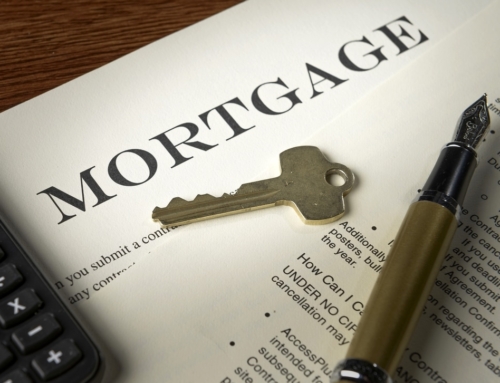In my world, mortgage fraud is mortgage fraud. But for fraud investigators, mortgage fraud divides up into two categories: fraud for housing and fraud for profit.
Fraud for housing is where a borrower will fudge the numbers on his or her loan application in order to be able get enough money to buy a particular property.
Fraud for profit is where someone decides it’s his mission in life to steal money from financial institutions. There is typically more than one loan involved and it’s likely that there is a ring of people engaged in committing fraud. Often someone inside a loan company is part of the operation. According to the FBI, insiders are involved with 80 percent of the cases they are currently working on.
“Fraud for profit is the area that law enforcement is focusing on because it represents the largest financial risk to government-regulated financial institutions,” explains Merle Sharick, a vice president with the Mortgage Asset Research Institute (MARI).
While the emphasis is on fighting fraud for profit, Sharick says that there is renewed emphasis on fraud for housing now that many more of those loans are going bad.
“In the past we haven’t worried so much about fraud for housing as long as the borrowers made their payments,” he noted. But as the mortgage market gets tighter, everyone is taking a closer look at these loans.
Sharick acknowledges that some fraud is a constant in the marketplace. But, “it’s not as obvious when times are good and property values are soaring…but when that changes, we start seeing stability of prices or even depreciation in some markets. Then, it’s different and people become desperate,” he explains.
MARI recently published its 10th annual report on mortgage fraud, and found that Florida is at the top of the company’s fraud index. Nevada, Michigan, California and Georgia are in the top 10 states with the most mortgage fraud.
“Georgia has dropped down on the list because the state has enacted a number of new laws and has become more aggressive in prosecuting people who have participated in mortgage fraud,” he said.
Florida has seen increased levels of mortgage fraud both because a lot of European and South American buyers have bought investment property and because a lot of people have passed through, Sharick said.
“People have been coming to Florida and investing in condos and properties down there for a log time, and when their investment doesn’t work out, they find a way to take advantage by either flipping properties, or getting a group of investors together to buy properties with very little money down…that can fuel a mortgage fraud problem in a state like that,” Sharick explained.
Years ago, he recalled, mortgage fraud was by and large limited to California, Florida, Texas and some states along the East Coast. Now, “it’s kind of spread across the country,” he added.
How big is the mortgage fraud problem? No one really knows. The FBI has estimated that perhaps as much as $4.2 billion in mortgage fraud occurred in 2006.
Sharick says that financial institutions are hesitant to report loans they’re having problems with because it affects the amount of cash reserves they are required to have on hand. How can you protect yourself? Know who you’re doing business with. Shop around and talk to a variety of lenders before you make a final selection. Once you do select a lender, make sure the company is reputable and that they’ve got your best interests in mind.






Leave A Comment